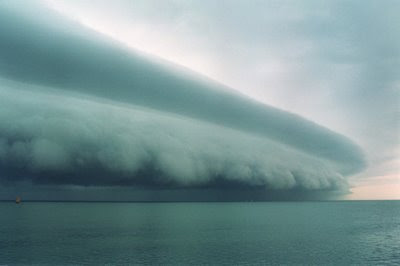
By John Hughes
June 4 (Bloomberg) -- The crash of an Air France jet this week over a remote stretch of the Atlantic Ocean may show the limits of pilots’ ability to cope with severe weather even after decades of advances in technology, analysts said.
The plane was traveling in an area that lacked coverage from ground-based radar, which controllers otherwise can use to help spot storms, said William Voss, head of the Flight Safety Foundation. With less than one flight an hour in the region, there also would have been few advance reports on conditions from other pilots, he said.
The possibility that storms may have contributed to the crash is an early focus of inquiry as authorities search for the “black box” voice and data recorders that would provide more detailed information of what happened on board. While weather causes fewer crashes than in the past because of advances in radar, pilots still depend on outside guidance to steer clear of dangerous squalls.
“No captain in his right mind would drill a modern airliner through a thunderstorm,” said Jack Casey, a former airline pilot and consultant at Safety Operating Systems LLC in Washington. “It’s just not done.”
The entire Bloomberg article is here.

No comments:
Post a Comment